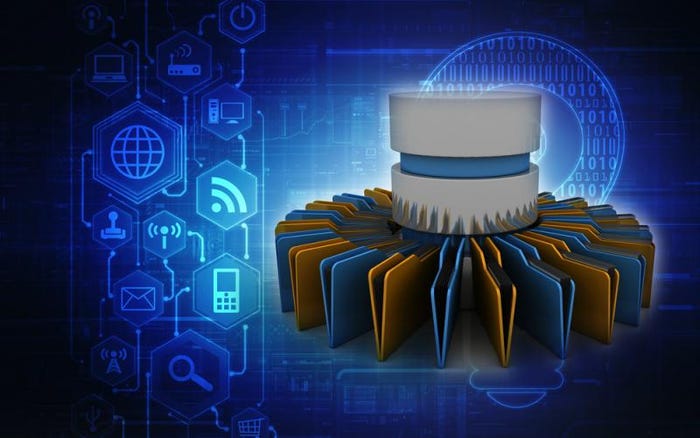5 Hot Enterprise Backup and Recovery Vendors
The data backup market is changing fast. Here are five vendors leading the transformation.
December 4, 2017

The backup and recovery market has become a crowded space, with hundreds of vendors vying for market share. At the higher end of the market, the enterprise data center segment, the bar is higher and the result is that just a handful of software vendors command most of the sales.
With most tape drive vendors exiting the market, support of other backup media has become essential to maintaining a vendor’s business. Most initially pushed for hard disk-based backup, but the latest trend is to offer cloud storage solutions as well.
In what had become a somewhat stale and undifferentiated market, both HDD/SSD and cloud opened up new opportunities and something of a “space race” has occurred in the industry over the last few years. Backup and recovery vendors have added compression and deduplication, which can radically reduce the size of a typical backup image. This is important when data is moved to a remote storage site via WAN links, since these have lagged well behind compute horsepower and LAN bandwidth.
Many backup and recovery packages create a backup gateway that stores the backup at LAN speeds and then send it off across the WAN at a more leisurely pace. The benefit is a reduced backup window, though with some risk of data loss if the backup is corrupted prior to completing the move to the remote site.
Today, the target of choice for backup data is the cloud. It’s secure, very scalable and new low-traffic services cost very little to rent. The backup gateway encrypts all data so backups are hack-proof, though not necessarily deletion-proof, which requires action by the cloud service provider to provide storage types with only a well-protected manual deletion path.
Continuous data protection (CDP) is one of the hot backup services today; it manifests as either server-side snapshots or high-frequency polling by backup software for changed objects. Using these approaches reduces the data loss window, though it can hurt performance. SSDs help solve most of the performance issues, but daytime WAN traffic will increase.
Noting that access to backup storage tends to occur within just a few hours of the backup itself, some of the newcomers to the space offer a caching function, where data already moved to the remote site is held in the backup gateway for a couple of days. This speeds recovery of cached files.
With applications such as Salesforce, MS Office and Exchange common in the enterprise, optimizations capabilities to enable backup without disrupting operations are common features among the main players in datacenter backup. Many vendors also now offer backup for virtual machines and their contents and container backup will no doubt become common as well.
There is a school of thought that says that continuous snapshots, with replicas stored in the cloud, solve both backup and disaster recovery requirements, but there are issues with this concept of perpetual storage, not least of which is that a hacker could delete both primary data and the backups. Not paying your cloud invoice on time can do that, too! The idea is attractive, however, since license fees for software mostly disappear.
Readers are likely familiar with "old-guard" established backup and recovery vendors such as Veritas, Commvault, Dell EMC, and IBM. In this slideshow, we look at five of up-and-coming vendors, in alphabetical order, that are driving innovation in enterprise backup and recovery.
(Image: deepadesigns/Shutterstock)

